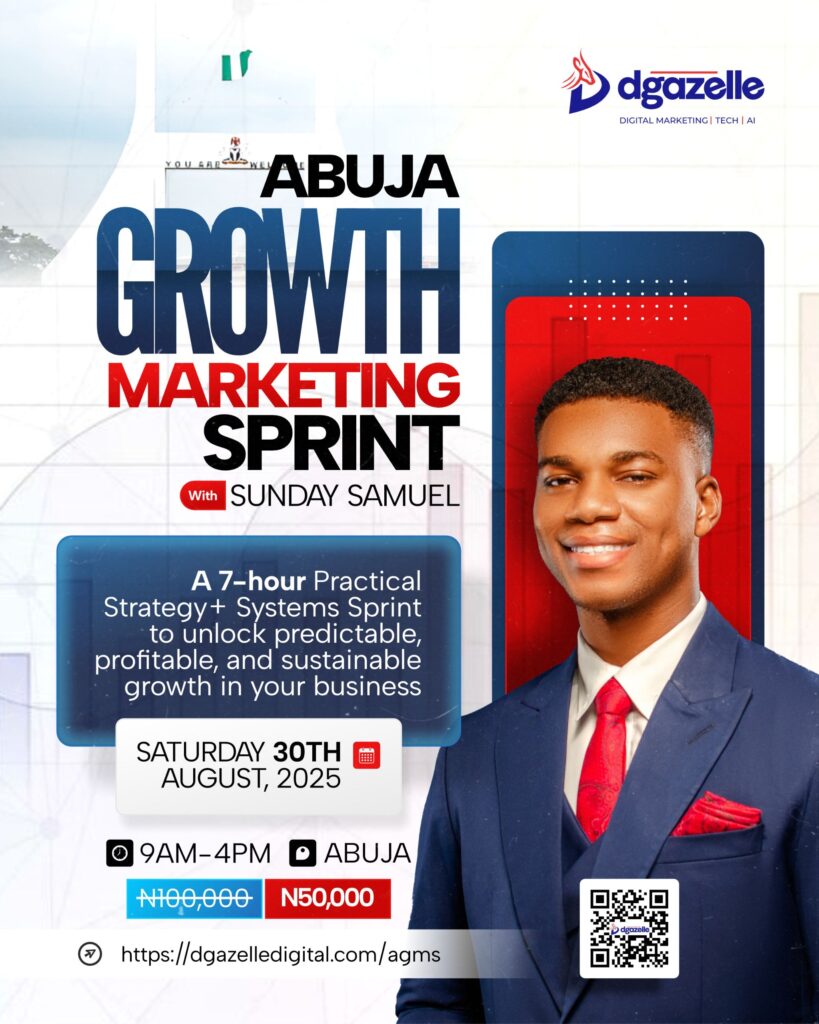Any discrepancy between the content your audience desires and what is actually available on your website is known as a content gap. The practice of assessing a content topic to see if there are any chances to cover it more thoroughly is known as a content gap study. Identifying and fixing these gaps might help you generate greater results with your content strategy. Additionally, provide your audience more value.
Content gap analysis is the process of identifying topics, keywords, and questions that your target audience is searching for, but your website doesn’t sufficiently cover. It involves analyzing your own content as well as your competitors’ to find opportunities to create new content or optimize existing pages to better meet searcher intent and outrank your rivals.
Why conduct a content gap analysis?
Identify unexplored keyword opportunities
You can find keywords that your rivals are ranking for but you aren’t by using content gap analysis. You may increase your organic reach and attract more qualified visitors to your website by seeing these chances and producing content that is specifically tailored to rank for them.
Determine the content of competitors’ weaknesses.
Every piece of content is not flawless. In addition to highlighting your competitors’ strengths, content gap analysis highlights areas in which their material is lacking. These results can be used to produce more thorough, worthwhile content that surpasses that of your rivals and better meets the needs of your intended audience.
Help with prioritizing and content planning
Choosing what to create next can be overwhelming due to the limitless choices for content. A data-driven methodology for ranking content production according to the subjects and keywords with the highest potential for organic traffic and conversions is offered by content gap analysis.
Boost your niche’s topical authority
Websites that exhibit knowledge and authority on a certain subject are given preference by Google. You may increase your site’s topical authority and raise your chances of ranking for related keywords by systematically addressing content gaps and producing in-depth materials on important subjects in your niche.
Content gap types
Typical content gaps consist of:
Topic Gaps
Topic gaps take a broad view. This occurs when your material falls short in covering general topics or themes. For instance, content on meal planning, meal prep, repurposing leftovers, and item substitution could be produced by a creative who specializes in learning how to cook on a budget. One thing she hasn’t covered? discounts and coupons. Coupons are the “topic gap” in this case.
keywords Gaps
Topic gaps inevitably give way to keyword gaps, which happen when your material doesn’t address the terms that prospective buyers use when searching online. Reduced web traffic and, eventually, fewer individuals in your sales and marketing funnels are the results of this disparity.
The course teacher, who has now recognized couponing as a significant topic gap, can start looking for keywords to incorporate into her SEO plan by using the previous example. “How to find local coupons in New York,” “how to stack coupons at Target,” “couponing for beginners,” and “what are the best websites for coupons?” are some examples of keywords she may use.
Media Gap
A lack of diversity in the forms of content is referred to as media gap. Text, images, videos, and audio are examples of content types.
Since content marketing is a massive and expensive endeavor, organizations frequently concentrate all of their meager resources on just one kind. Regretfully, this may result in a sizable percentage of your clients becoming dissatisfied.
While some customers prefer podcasts and audiobooks, others prefer written communication, including blog posts and emails. You’re essentially telling the rest of your audience to keep looking elsewhere for the media type they require if you only concentrate on one or two types.
Format Gap
The way your content is presented is referred to as format gaps. Email newsletters, SMS text messages, blog entries, e-books, how-to manuals, and templates are a few examples of text content.
Format gaps have the same potential to exclude some segments of your audience as media gaps do. For instance, not everyone is interested in reading an email newsletter. An ebook or in-depth blog post is preferred by some.
Six Steps to Conducting Content Gap Analysis
Finding methods to figure out what kind of contents your audience wants but you aren’t creating right now is essential to performing a content gap analysis correctly.
Without a sense of direction, this can be a daunting task. For this reason, we divided the procedure into these six easily absorbed steps.
Step 1: Understanding the Buyer’s Journey
The buyer’s journey has four stages: Awareness, Consideration, Decision, and Success.
- Awareness: Prospects recognize a need or problem and search for solutions. Provide educational content like blogs, how-tos, and FAQs.
- Consideration: Prospects evaluate options. Offer comparisons, buyer’s guides, or “best of” lists to position your product as the best solution.
- Decision: Prospects are ready to purchase. Use optimized sales pages with clear CTAs to drive conversions.
- Success: Post-purchase, focus on customer satisfaction with thank-you pages, follow-up emails, and support.
Mapping the journey ensures targeted content, effective keywords, and fills content gaps, boosting engagement and sales.
Step 2: Conduct Market and keyword research.
You can start researching your target market and the terms your audience uses in pertinent searches once you have a firm grasp of your customer journey. There are two steps in this process:
Customer research, competitive analysis, and industry trends are all considered forms of market research. Understanding your target market’s demographics and behaviors, the tactics used by your rivals, and the most recent developments and trends in your target market are all part of your objective. You can use the following tools to aid in your market research: Google Trends, Statista, Pew Research Center, or Semrush.
Keyword research is the process of identifying specific search terms your target audience uses during their customer journey, especially during the awareness, consideration, and interest stages. Tools that can help with keyword research include: Semrush, Answer the Public , Ahrefs, Surfer SEO or Moz
Keep in mind that keywords aren’t limited to search engines like Google and Bing as you continue your keyword research. Additionally, search engines like YouTube, Pinterest, and Instagram employ keywords.
Step 3: Audit your existing content
A content gap analysis isn’t just about generating ideas for new content; it’s also about auditing your existing library of content to see if anything’s missing.
Also, it’s normal for content to become outdated and irrelevant after a certain period of time, and a content audit is the best way to identify aging pieces that need a refresher.
Put simply, a content audit involves comprehensively evaluating all the content currently populating your website. You can think of it like taking inventory of your digital assets, where you count, catalog, and analyze each piece to assess its quality, accuracy, and relevance.
Along the way, keep the market research that you gathered in step 2 in mind. Take a look at your customers’ answers to your survey questions and compare them with your current content.
Does the content provide what your audience is looking for, or are your old pieces way off base?
Step 4: Audit your competitors content
Now that you have a firm grasp on your own material, you may examine that of your rivals. Finding out what they’re doing well, where they might be weak, and why is the aim here.
It can take as long to analyze competitor material as it does to evaluate your own, despite popular belief. You can delve deeper into your audit and have greater access to your own content. Paywalls, private communities, and other closed content, however, can make competitor analysis sluggish. Additionally, there are additional rivals to examine than just your one company.
Tools are useful in this situation. Generally speaking, you can audit your competitors using the same tools you use for self-audits.
Step 5: Determine and rank the content gaps.
You may ultimately find and rank content gaps by using your customer journey, market and keyword research, content analysis, and competitor analysis. This is the time to compile all of your research and brainstorming into a single, coherent, and workable plan, even if you were taking notes in phases one through four.
It’s acceptable if you haven’t yet documented any gaps. First, go over your own content analysis again, and as you do so, bear in mind the different kinds of content gaps. After you’ve assessed your own content library, it’s time to apply the same logic to the content of your rivals. No matter how big or tiny, make a note of any holes you see.
Prioritizing content gaps
To assist you prioritize the order in which you fill in the identified content gaps, we suggest using an Effort-Impact matrix. There are four quadrants in this matrix:
- Low effort, high impact: These are the jobs that will need the least amount of work and yield the greatest return on your content strategy.
- High impact, high effort: These are initiatives that require a significant investment of time and energy yet significantly enhance your entire approach.
- These are low-effort, low-impact tasks that you can complete quickly between meetings.
- High effort, little impact: This group includes items you should think about for long-term initiatives.
Conclusion
Performing a content gap analysis is the #1 way to uncover costly gaps in your content that could be feeding your competitors lots of business.
By mapping your customer’s buyer journey, analyzing your competitors, and conducting market research, you’ll gain an intimate understanding of the type of content your target audience wants to see.
This will give you an edge over competitors, so you have every incentive to dive into the minds of your customers to learn what makes them tick.
Do you still have lingering questions about content gaps or SEO in general? schedule a call with one of our experts today to learn more







